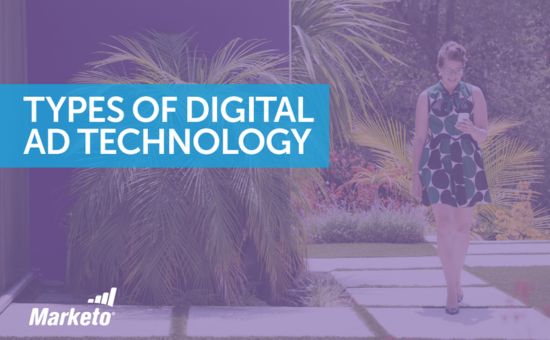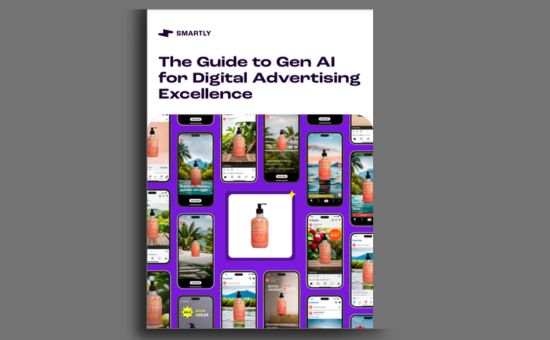The Complete Guide to Where You Should Advertise Online | Hibu
Digital Advertising
In today’s advertising-saturated world, standing out can be daunting. For local businesses, navigating the online advertising maze might seem overwhelming. However, with strategic planning, it’s possible to effectively showcase your brand online. Digital advertising, encompassing platforms like Google, social media, and other websites, offers targeted, measurable, and cost-effective opportunities. This guide delves into three primary avenues: Search, Social, and Display Advertising.
Navigating the Digital Advertising Landscape
Digital advertising encompasses channels such as social media, Google, and other websites that provide chances that are precise, quantifiable, and economical. This guide explores search, social media, and display advertising as the three main channels.
Search Advertising: The Power of Intent
Search engines, the gateway to the digital realm, are where users actively seek information. Google, Bing, and Yahoo aren’t just search platforms; they’re vast advertising arenas. Here, businesses engage in keyword bidding, ensuring their ads appear when users query relevant terms. Such targeted advertising is potent because it intercepts users during moments of high intent. Unlike passive advertising, where audiences stumble upon ads, search advertising places brands directly in the user’s path, enhancing the likelihood of engagement.
However, the search landscape isn’t solely about paid ads. Organic search results, achieved via Search Engine Optimization (SEO), play a pivotal role. While paid ads offer immediate visibility, organic results signify credibility and trust, as users often perceive them as genuine recommendations by the search engine. Thus, a holistic search strategy combines the immediacy of paid ads with the credibility of organic listings.
Types of Search Ads
- Google Ads is the most popular paid search platform used today.
- Some ads take up more space and have more information displayed, called “Extensions”.
- A great search ad has compelling copy and an engaging headline.
Social Advertising: Crafting Connections in a Connected World
The digital age heralded the rise of social media, platforms that not only connect individuals but also present unparalleled advertising opportunities. Facebook, Instagram, Twitter, and their ilk have become advertising behemoths, boasting billions of users worldwide. What sets social advertising apart is its intricate targeting capabilities. Leveraging user data, businesses can tailor ads based on demographics, interests, behaviors, and even life events. This granularity ensures ads resonate, fostering genuine connections between brands and consumers.
Moreover, the advent of social pixels—tracking codes embedded on websites—has revolutionized advertising efficacy. These pixels capture user interactions, enabling businesses to refine targeting, track conversions, and implement retargeting campaigns. For instance, a user browsing a product on a website might later encounter a related ad on Facebook, a testament to the pixel’s prowess in tracking and retargeting.
Advantages of Social Advertising
- Reach: Social media allows businesses to reach a large audience, converting leads into customers.
- Targeting Capabilities: Social media networks have incorporated more audience attributes into their targeting options, such as location, demographics, and interests.
- Powerful Pixels: Social pixels collect data about website visitors, helping to track conversions, optimize ads, build targeted audiences, and remarket to people who have already taken action.
Display Advertising: Crafting Brand Narratives
Display advertising, often dubbed the visual storyteller, places ads across a myriad of websites and apps. Unlike the intent-driven search or connection-centric social ads, display ads emphasize brand narratives. Through captivating visuals and compelling copy, they convey brand stories, fostering emotional connections with audiences.
A decade ago, accessing premium ad spaces was a prerogative of big brands, with local businesses relegated to the sidelines. However, the rise of programmatic ad buying—a digital marketplace where ad spaces are auctioned in real-time—democratized display advertising. Now, even local businesses can vie for prime ad spaces on esteemed platforms, ensuring their brand narratives resonate on a grand scale.
The Key Benefits and Types of Display Ads:
Brand Awareness:
- Display ads can drive brand awareness, especially for vegetarian recipes.
- The programmatic display allows for automated targeting across different sites.
Retargeting:
- Display ads can be used to retarget users who have visited but haven’t converted.
- Display ads remind users about your brand, improving their chances of conversion.
High Volume:
- Display ads promote your brand to the right people and have high visibility.
- They are shown to customers who may not have considered your products or services.
Types of Display Ads:
- Static: Simple images hyperlinked to an advertiser’s site.
- Animated: Inject movement in GIF format.
- Video: Play a short video for the user.
- Interactive: Offer functionality while bringing them to the advertiser’s site.
Why All Three Types of Advertising are Essential:
- Advertising works best when reaching the right person, at the right time, with the right message.
- Businesses that see the most success today are using a unique mix of all of them.
- Display advertising allows for retargeting while they’re browsing on a different website, keeping your business top of mind.
- Social ads allow you to show up for them again when they’re scrolling through Facebook during some downtime.
The Table of Contents of “The Complete Guide to Where You Should Advertise Online”:
- Introduction
- A look back
- Overview
- Search Advertising
- Social Advertising
- Display Advertising
- Why you need all three:
- Better results working together
Number of Pages:
- 19 pages
Pricing:
- Free
Warning: Undefined array key "sidebar_ads" in /home/dmc/public_html/wp-content/themes/DMC/functions/helpers.php on line 824









